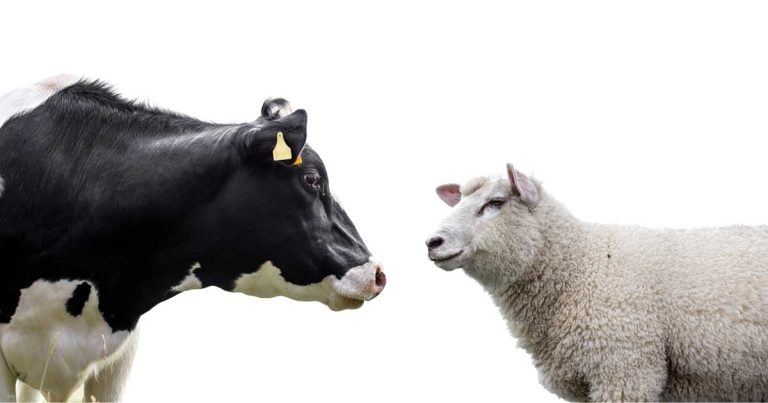31 Jan 2024
Officials say the cattle are being kept at their present locations, with further mitigation measures in place, while reduced midge activity has reduced the risk of further transmission.

Image: © Rokfeler / Adobe Stock
Several cattle that tested positive for bluetongue in Kent and Norfolk have not been culled despite the number of reported infections continuing to rise.
Latest figures show 66 animals, across 41 separate locations, are now known to have contracted the virus since the first case was confirmed in Kent in November.
But at least seven of those animals have not been culled and have instead been restricted to their present locations, with further disease control measures being put in place.
An update issued following confirmation of the latest cases, on Monday 29 January, said: “This reflects a recent reduction in the midge activity, reducing the risk of onward transmission.”
Asked for further clarification of the reasons for such a decision, following a similar case on 23 January, a Defra spokesperson said they were based on factors such as recorded levels of infection and antibodies, environmental conditions and the findings of wider surveillance work.
He added: “In previous cases, not all of the conditions were met and culling was necessary to mitigate the risk of further spread.”
The issue has emerged after the latest AHDB-hosted webinar on the bluetongue situation heard scientists now believe the virus may have been present for several weeks before the first case was detected on 11 November.
Sascha van Helvoort, the APHA’s veterinary head of field delivery, told the 24 January session that the agency’s “current hypothesis” is that the BTV-3 strain of the virus was brought over by midges from the Netherlands in either September or October.
Around 5,900 premises have been affected in the Netherlands since the outbreak began there in September, plus others in Belgium and Germany.
But, although none of the confirmed cases in England to that point were reported to have shown any clinical signs of disease, Dr van Helvoort highlighted that they had been detected from around 30,000 samples collected through the surveillance programme.
She said: “It shows how small that is by comparison.”
All but four of the affected animals so far are cattle, with the remainder being sheep, and Dr van Helvoort said there was no evidence to suggest a link between cases in the two temporary control zone areas or that any of the infections were linked to imported animals.
Although vaccines can treat other bluetongue strains, none are currently available to deal with BTV-3 and previous webinar sessions on the current outbreak have heard concerns about the need for pharmaceutical companies to get involved.
But Dr van Helvoort said work is underway in the Netherlands on a potential solution, adding: “As far as we understand it, they’re hoping something will be available later this year.”
BCVA honorary treasurer Colin Mason, who chaired the session, said the vaccine question was also “at the forefront of our minds” and updates would be shared when available.
The next AHDB webinar on bluetongue is scheduled for next Wednesday, 7 February, at 6pm, and it is hoped that some Dutch vets will be able to join a forthcoming session to share some of their experiences of the virus there.